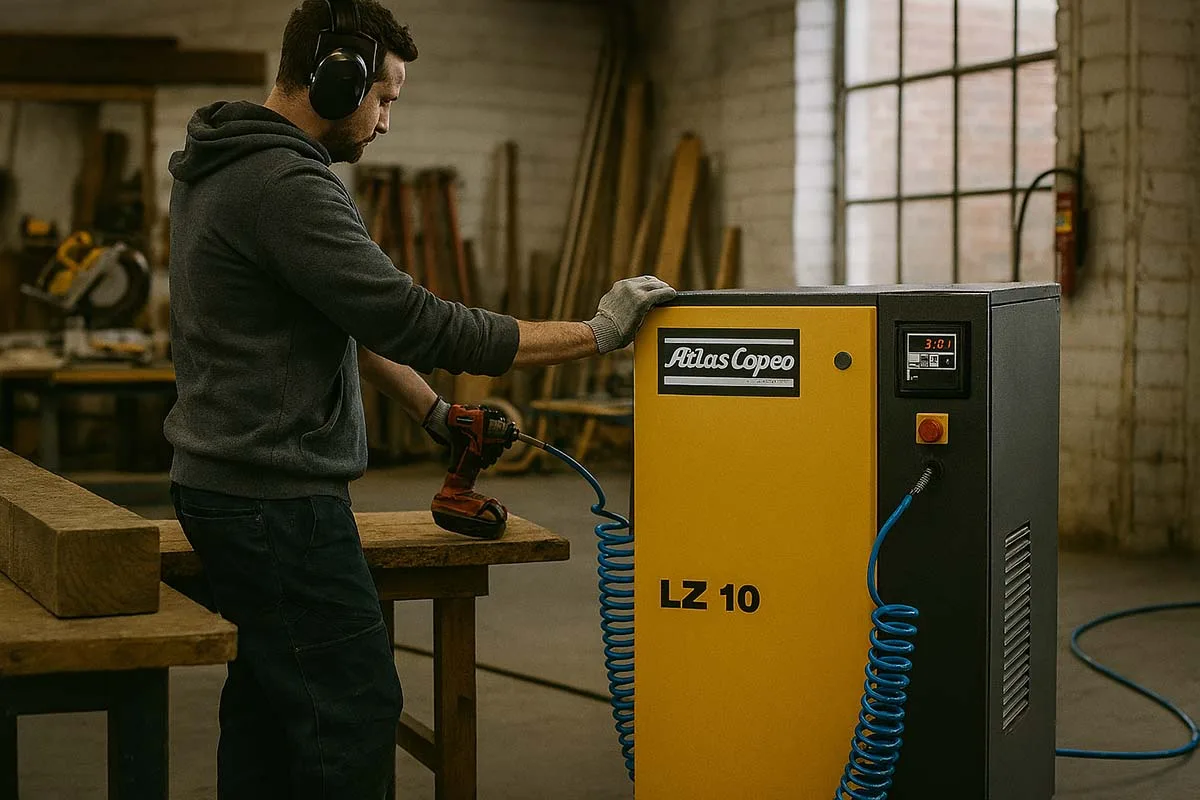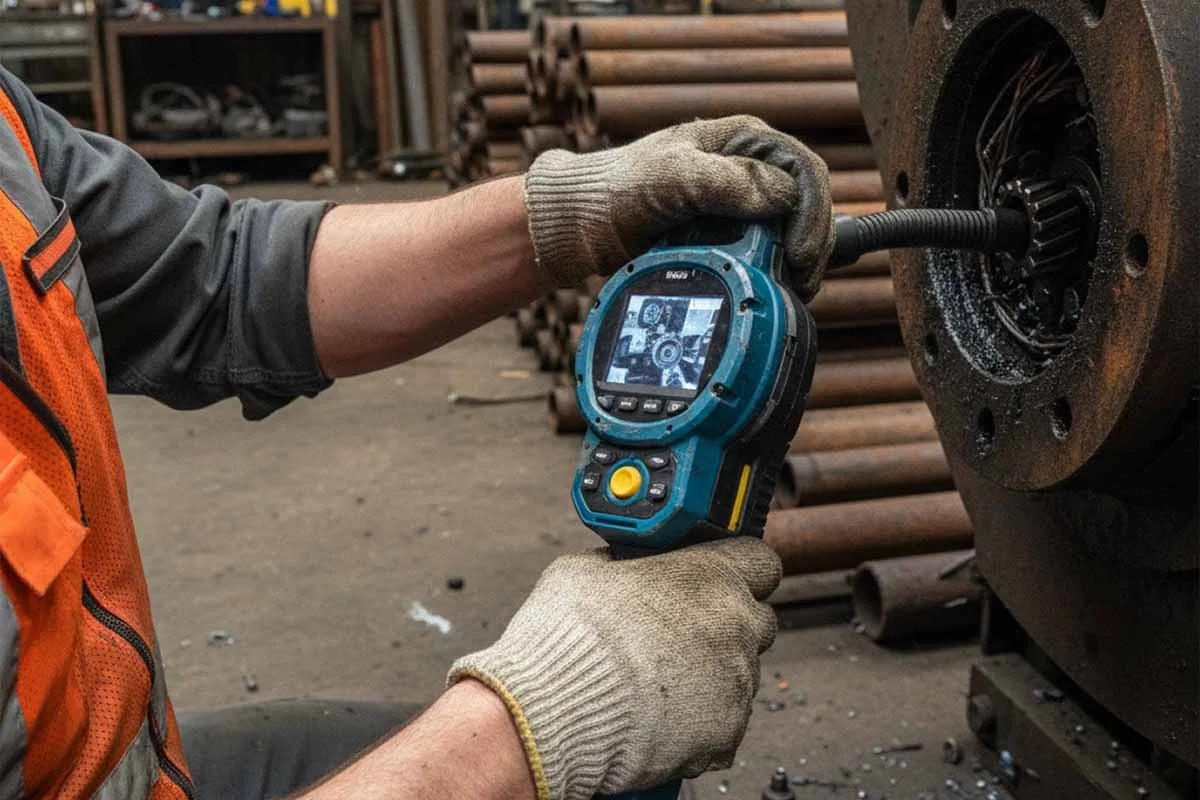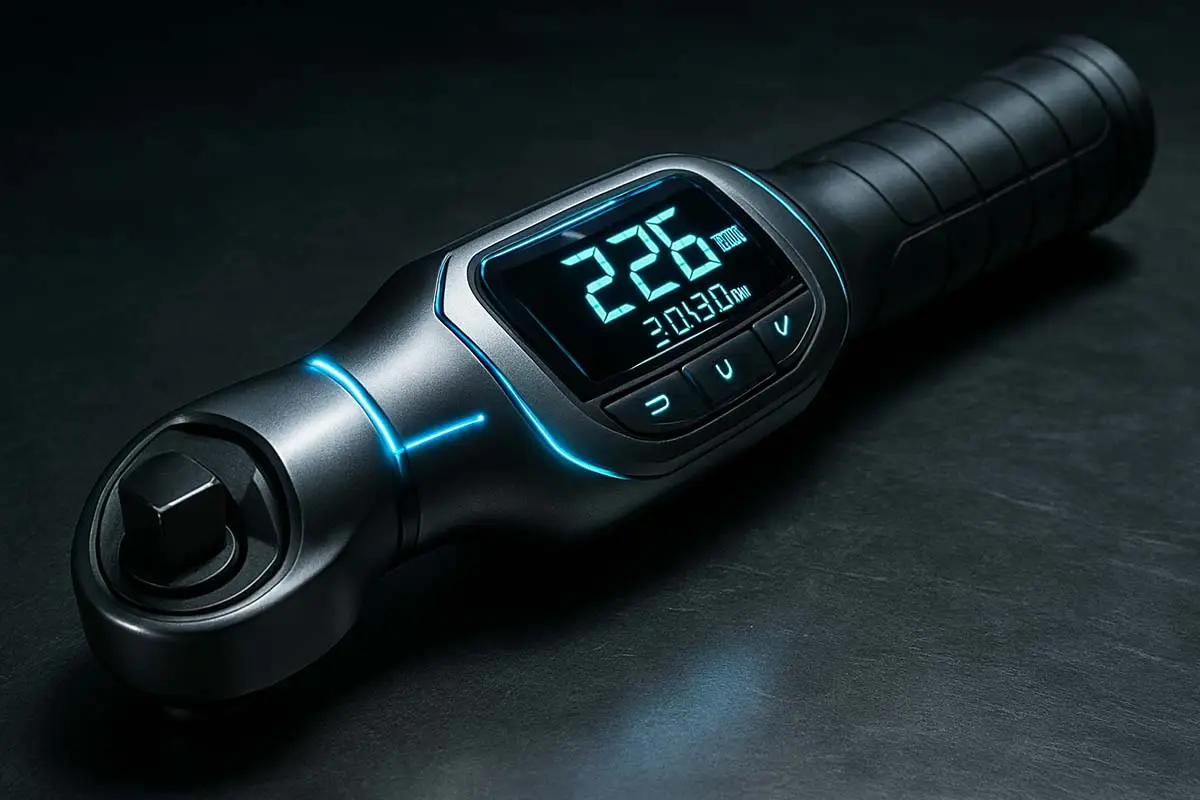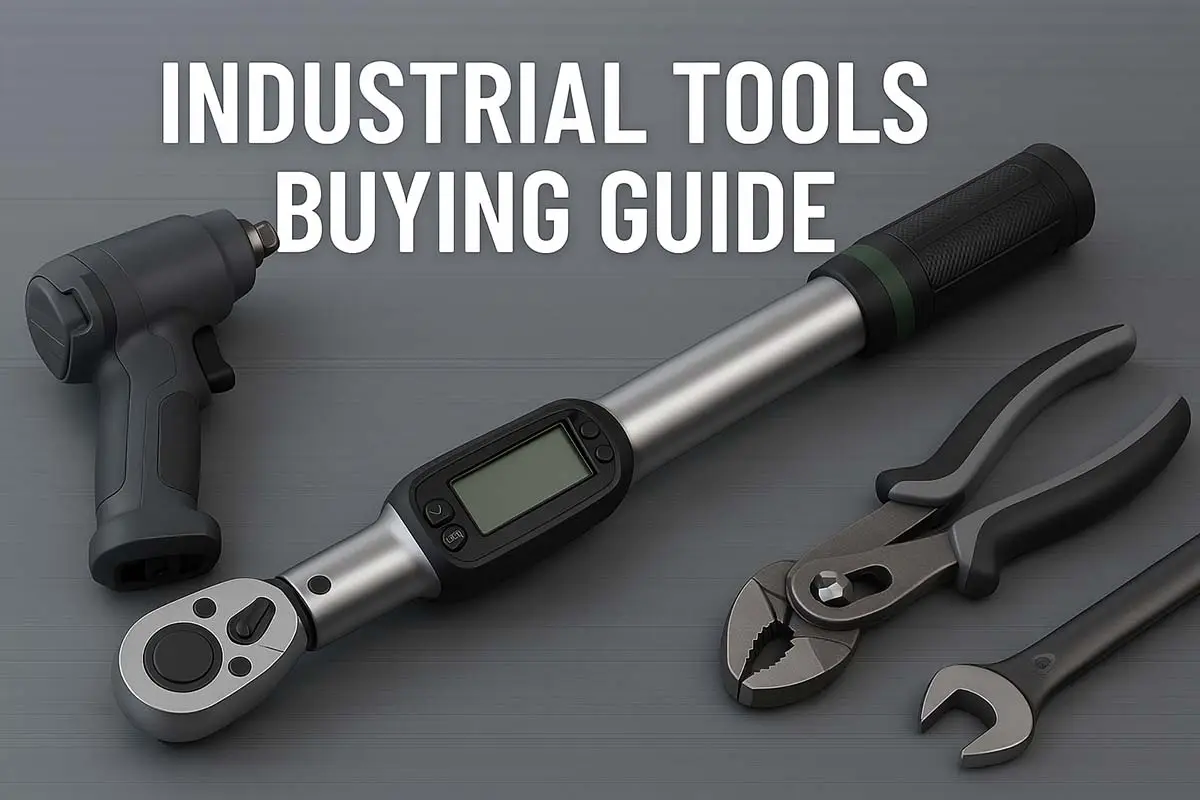Why Choosing the Right Compressor Matters
Compressed air powers everything from dental tools to robotic welders. But choosing the wrong compressor—too loud, too weak, or too inefficient—can lead to downtime, wasted energy, and costly replacements. Atlas Copco offers a wide range of compressors, each designed for specific environments and workflows.
Whether you’re running a small workshop or scaling up to a smart factory, this guide will help you select the right Atlas Copco compressor with confidence.
Key Factors to Consider Before Buying
1. Air Purity Requirements
- Oil-free (LZ Series): Ideal for medical, food, and electronics
- Oil-injected (GX, GA): Suitable for general manufacturing and workshops
2. Duty Cycle
- Intermittent use: Piston compressors like LZ
- Continuous use: Rotary screw compressors like GX and GA VSD⁺
3. Noise Level
- LZ Series: ~62 dB(A)
- GX Series: ~61–67 dB(A)
- GA VSD⁺: ~62–64 dB(A) with sound-insulated enclosure
4. Energy Efficiency
- GA VSD⁺: Variable speed drive (VSD) adjusts output to demand
- GX Series: Fixed speed, efficient for steady workloads
- LZ Series: No cool-down cycles, reducing idle energy use
5. Footprint & Installation
- LZ: Compact, wall-mountable
- GX: Floor-mounted, small footprint
- GA VSD⁺: Vertical design saves space and simplifies service
6. Smart Features
- Elektronikon Touch Controller: Available on GX and GA VSD⁺
- Remote monitoring: GA VSD⁺ integrates with SMARTLINK and factory systems
🔍 Features & Specifications to Understand
- CFM vs. HP: Focus on air delivery (CFM), not just horsepower
- Integrated Dryer: Optional on GX and GA models for moisture control
- Noise Enclosure: Reduces sound levels for indoor use
- Vertical Shaft Alignment (GA VSD⁺): Eliminates transmission losses
- Stainless Steel Valves (LZ): Extend lifespan and resist corrosion
- Elektronikon Controller: Tracks performance, schedules maintenance, and supports connectivity
Common Mistakes to Avoid
- Oversizing based on HP: Leads to wasted energy
- Ignoring air purity needs: Oil-injected compressors can damage sensitive tools
- Skipping dryer integration: Moisture causes rust, tool failure, and product defects
- Neglecting noise levels: Loud compressors disrupt workflow and violate regulations
- Buying without installation planning: Consider ventilation, electrical access, and service clearance
Recommended Top Picks by Use Case
| Use Case | Recommended Model | Key Benefit |
|---|---|---|
| Dental or lab environment | Atlas Copco LZ 10 | Oil-free, quiet, compact |
| Small workshop | Atlas Copco GX 5 FF | Integrated dryer, low noise |
| Smart factory | Atlas Copco GA 11 VSD⁺ | VSD, smart control, vertical design |
| Budget-conscious startup | Atlas Copco GX 3 | Reliable, efficient, compact |
| Cleanroom or electronics | Atlas Copco LZ 15 | Oil-free, stainless steel valves |
Atlas Copco Compressor Buying Guide FAQ
Interesting Fact
The GA VSD⁺ uses a vertically aligned motor and airend, eliminating the need for gears or belts—reducing energy loss and noise.
Lesser-Known Fact
The LZ Series uses stainless steel valves, which resist corrosion and extend service life—especially in humid environments.
Further Read
- Atlas Copco
- Atlas Copco GA VSD+ Review: The Compressor That Changed the Game
- Atlas Copco GX Series Review: Compact Power for Small Workshops
- Atlas Copco LZ Series Review
- Atlas Copco GA VSD+ vs Ingersoll Rand R-Series
Conclusion: Buy Smart, Breathe Easy
Atlas Copco compressors are engineered for precision, efficiency, and longevity. Whether you need oil-free air for a cleanroom or smart control for a factory, there’s a model that fits your workflow. Use this guide to match your needs with the right system—and invest in compressed air that performs.
Have experience with Atlas Copco compressors? Share your tips in the comments.
Found this guide helpful? Share it with your team or on LinkedIn to help others buy smarter.





